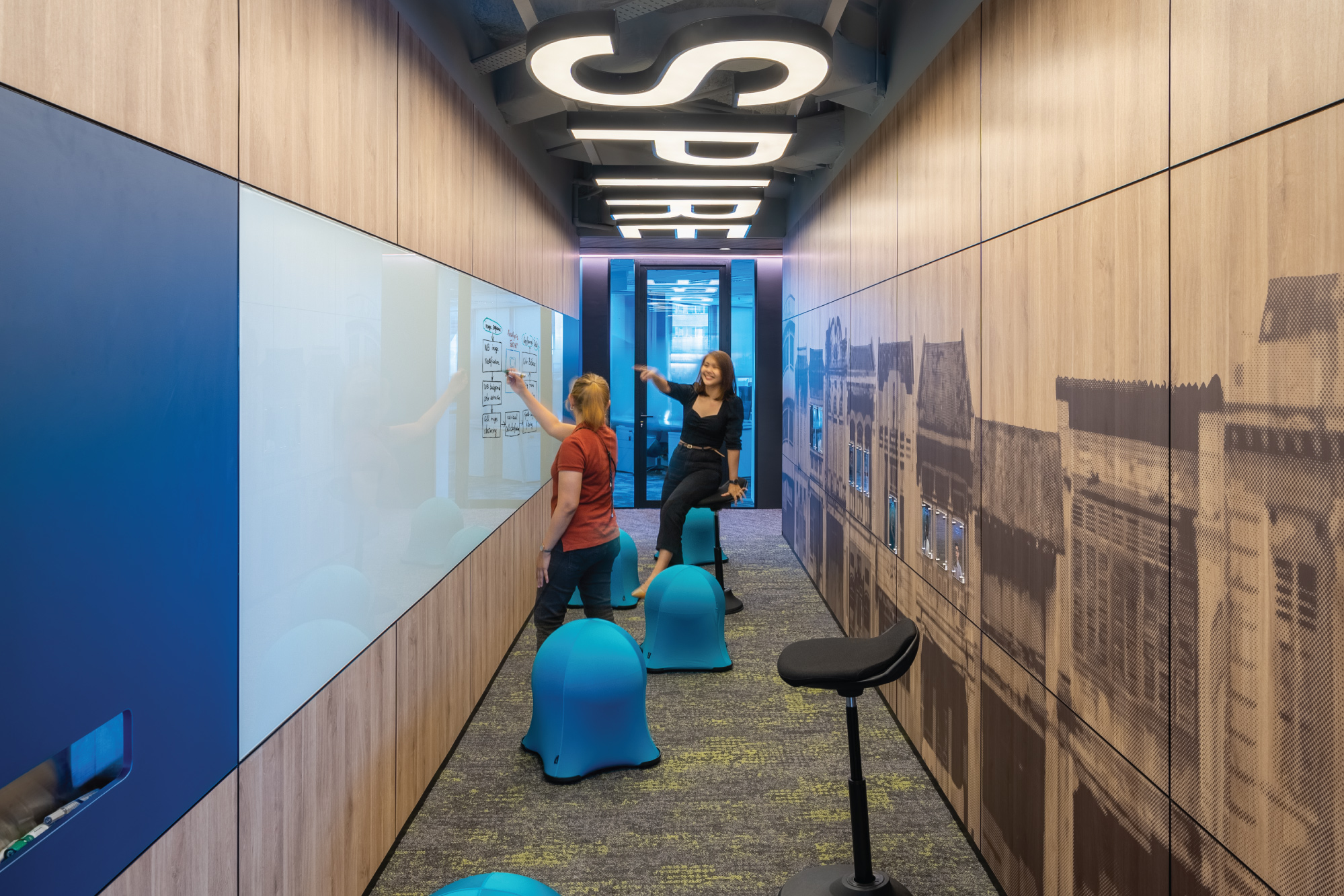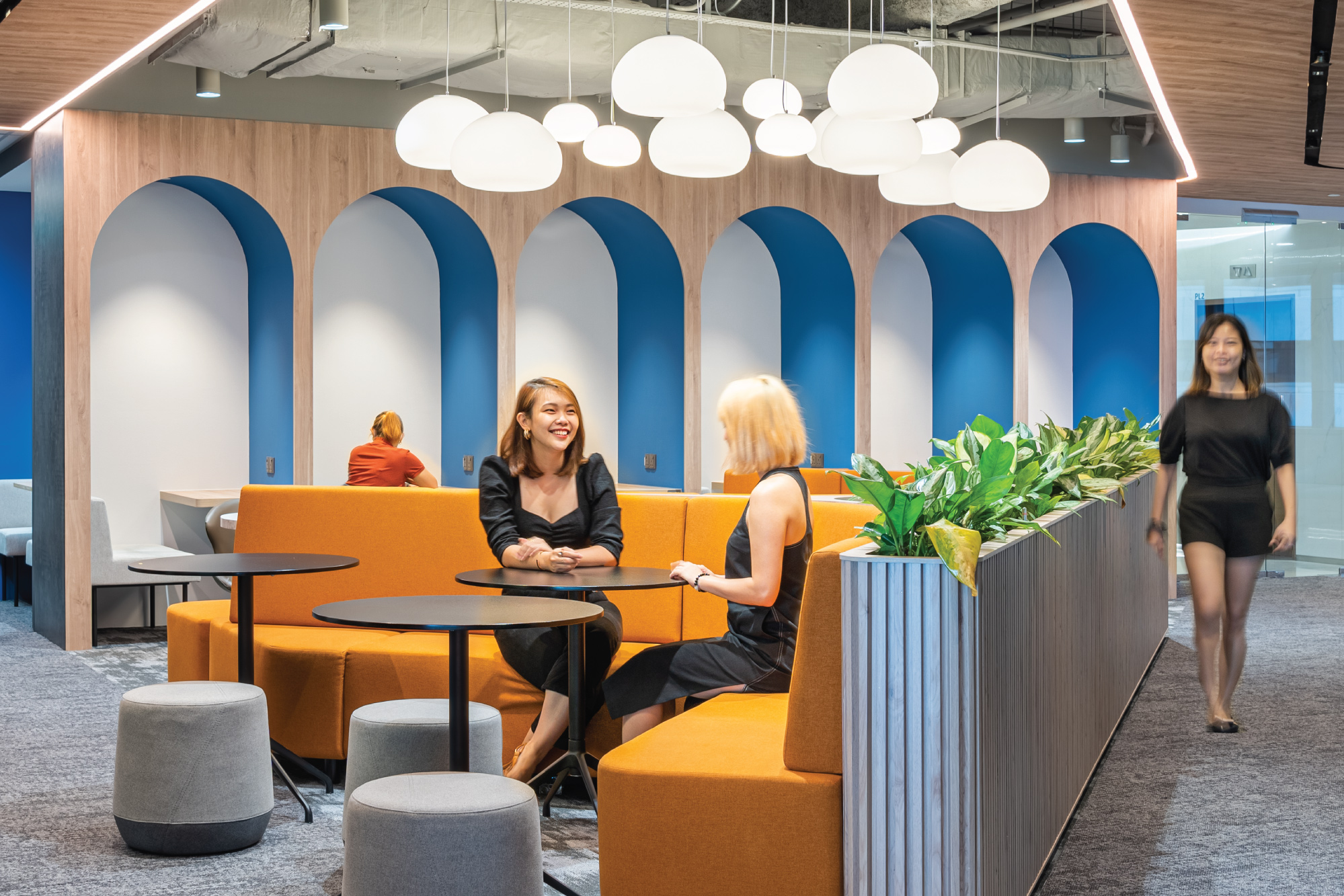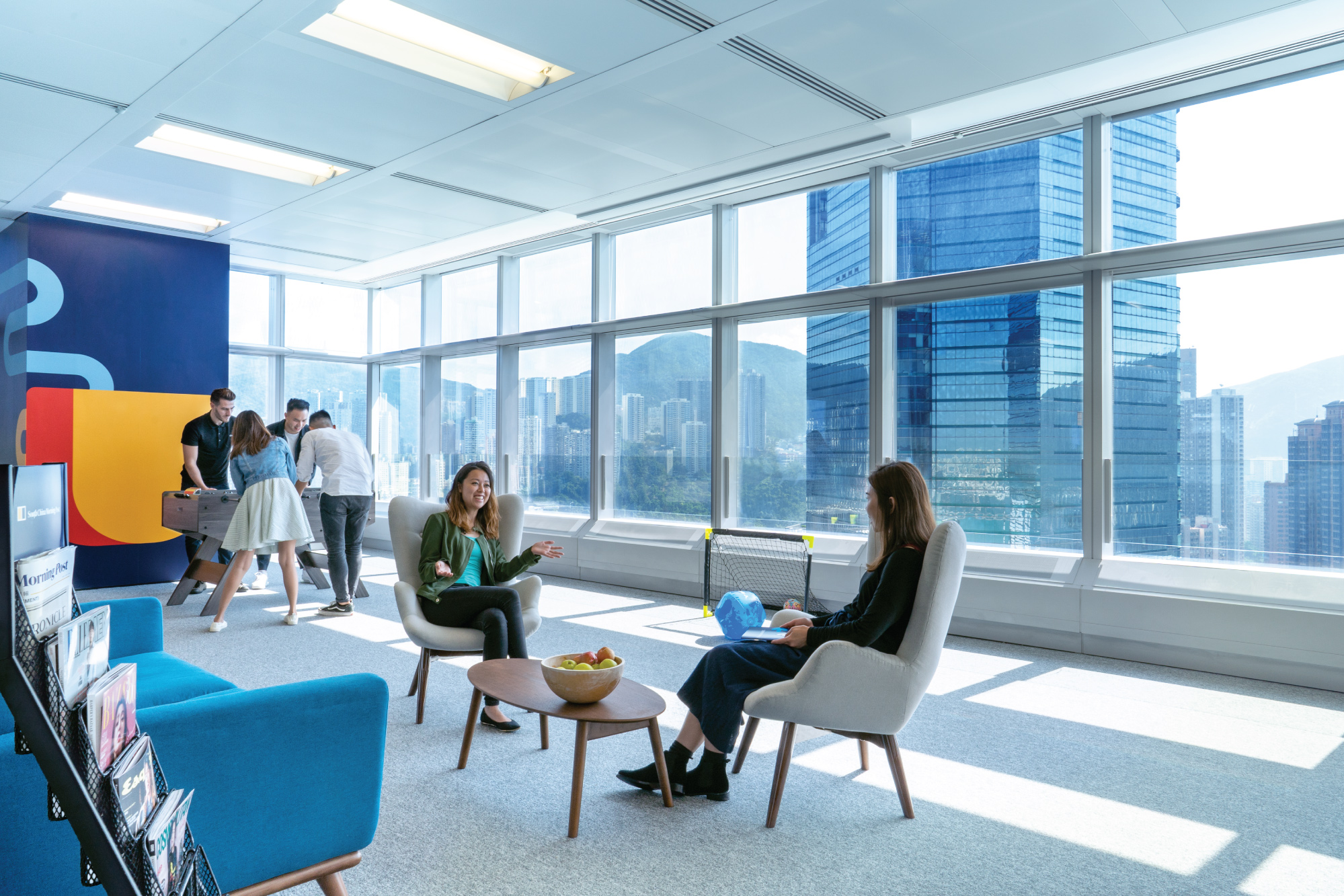
Workplace Design Strategy for a Positive Work Culture
The design, appearance, and functionality of your workplace speaks a lot about your company culture. Designing your workplace to reflect organisation culture can inspire and motivate your people and promote the values of an organization. A well-planned workplace design can encourage cooperation and nurture a work culture that is cohesive and productive.
Just as a brand's strong values speak to its consumers, so does its work culture. A positive work culture speaks volumes about the company's ability to add value to the lives of its employees which helps employees achieve both personal and business goals. A space that is a reflection of the healthy company culture can inspire and motivate employees while promoting the organization's values and creating a sense of belonging. When designing each space, it is essential to keep in mind that the office interiors remain relevant to the organisation’s goals in the present and future.
For your workplace to be a reflection of your organisation culture and core values, business/organisation goals need to be in tandem with the workplace design.This can help the business to sow the seeds of a company culture that is essential for the company's success and directly impacts the lives of the people working in the company; their happiness, productivity, and engagement. Work culture in a company can be built upon an effective office design that reflects the business's ideas and values. Visual reinforcement of the concepts substantially impacts employees' minds, which drives the company in a cohesive, aesthetically pleasing, yet successful way.
How does workplace design impact employee attitude and behavior?
Motivated, engaged employees are the biggest asset to any organisation and can foster an effective working culture. Hence, it is essential to be mindful of the workplace design elements we employ. Giving employees the choice and autonomy over their work is a reflection of the culture of trust giving employees the flexibility to work the way they want impacting employee satisfaction and more effective business outcome. According to the studies, people working in enriched spaces that are better designed were 17% more productive than those working in plain lean areas. Organizations with a forward-thinking ideology set their aim towards fostering transparent and equitable experiences for their employees giving all employees an opportunity to thrive in the culture. The use of glass for example as a design element can help the employees better understand their teams' tempo and moods. This way, they are more likely to create an environment that invites open conversations. It fosters a feeling of belonging among the employees, brings them to see the company's goals as their own and breaks the hierarchy in the office.

Employee relations are directly affected by the design elements
Positive relationships not only affect an individual's healthy work-life balance but also decide the organization's overall work culture. Both workplace design and working culture are equally dependent on each other and can influence one another. The mobility of the employees, the technology used, and the kind of work carried out in the workplace are important to decide design elements that can facilitate better communication among the employees, aiding creating an environment that would accommodate a variety of agile functions. For instance, designing for intentional and incidental collaborations, for moments to pause and refresh, focus, learn help create an environment for people to come together for work and socialize that further strengthens the organisational culture and ultimately performance. For this, an expert can help execute what has been envisioned for the physical working space based on the spirit and values of the business.
How does culture drive performance?
A focus on culture is critical for business success. How employees feel at work and about their work drives motivation, directly impacting business outcomes . Here are some specific reasons it's so important, the areas it can impact, how you can effect positive changes to your company culture and how workplace design plays a predominant role and here
Design for a culture of collaboration: Collaboration is pivotal. The need to connect is one of the key reasons people choose to come to the office, so collaboration spaces are crucial components of any workplace. Most companies understand that in-person, face-to-face collaboration is a prime part of building their culture and a competitive advantage. This can be substantiated by the fact that 19% of the workforce is driven by office spaces that foster a collective sense of purpose. enhances their ability to work and creates a workforce that is driven and growth-oriented.

As the nature of work evolves, collaboration is becoming more multifaceted, and there’s a revived focus on different workplace types and settings that bring people together—from impromptu project rooms to huddle rooms to scrum spaces. This doesn’t mean just adding more meeting rooms; it’s about creating a range of flexible settings that allow people to collaborate more effectively and equipping them with the right tools to get their work done. Around 23% of people enjoy the freedom of being able to work their way in workplaces that approach new ways of working. Hence, innovative workplace designs have the ability to boost productivity. More flexible working space gives way to more collaboration among the employees.
Design for trust and empowerment: An inviting, inclusive space for employees to connect with their teams and have the choice of how they work helps create engaging and inspiring experiences for all, boosting performance and helping attract and retain the best talent for a future based on trust and empowerment. To support this, 16% of people feel meaningful interpersonal relationships add value to their work life and equip them to work and perform better. This not only leads to a better work life balance but also contributes to the employees personal and professional growth. With this, Designing spaces that are choice-filled and experience-led and support trust and empowerment creates workspaces where employees actually want to be.

Design for inclusivity
Design solutions that meet needs related to gender identity, age, neurodiversity, socioeconomic status, culture and are considerate of the ways in which these needs intersect helps create environments that are convenient and comfortable for everyone. Our research reveals that employees tend to be more productive and satisfied when they have an increased choice of workspace types to choose from, depending on the task they are engaged in. With this, It can be established that 41% of the people feel mental health and well being turns around the workplace game for them and greatly influences their performance. The workplace design has a major influence on the well being of the employee.
In the end, it is most essential to create a positive, productive, healthy and a more inclusive work culture where employees can be efficient, productive and relax in a comfortable environment they identify closely with.
How is your organization shaping its culture and office design to accommodate employee needs?
Consult our team of strategists and design experts to build a workplace strategy that can make you an employer of choice.
